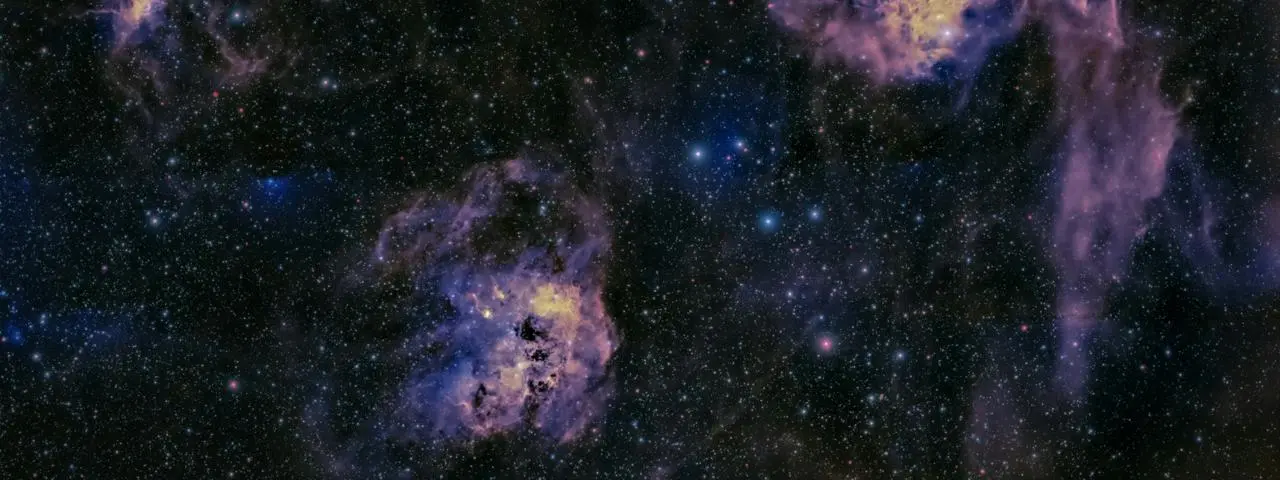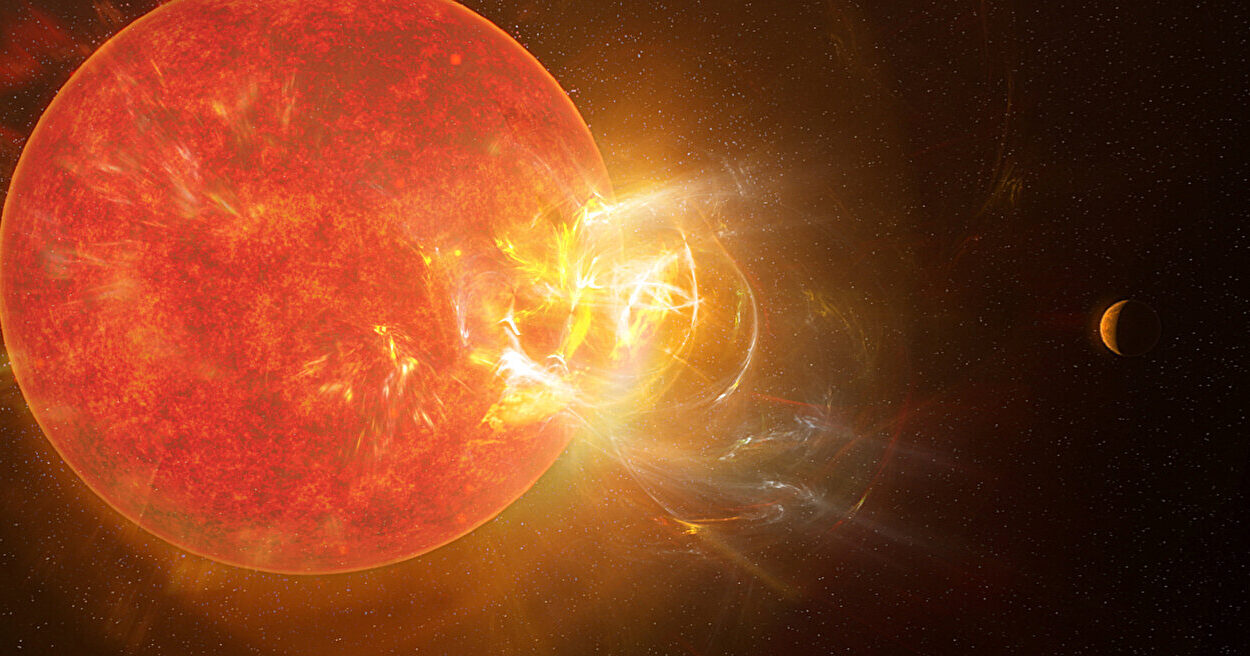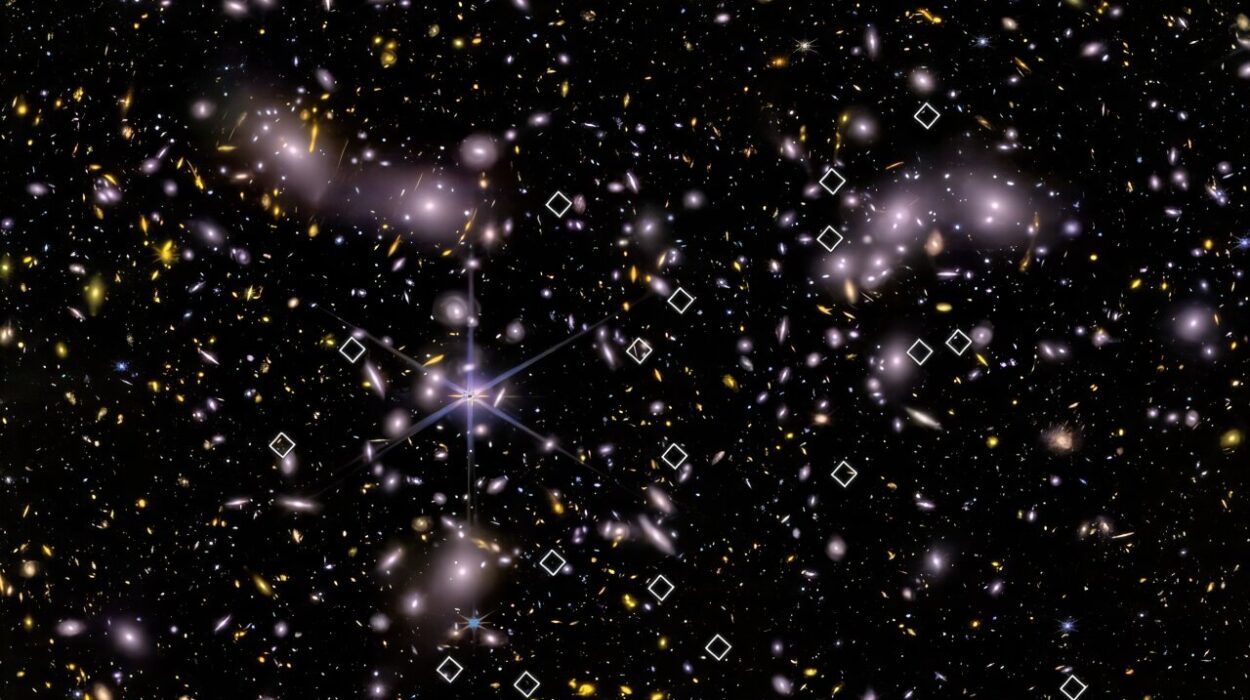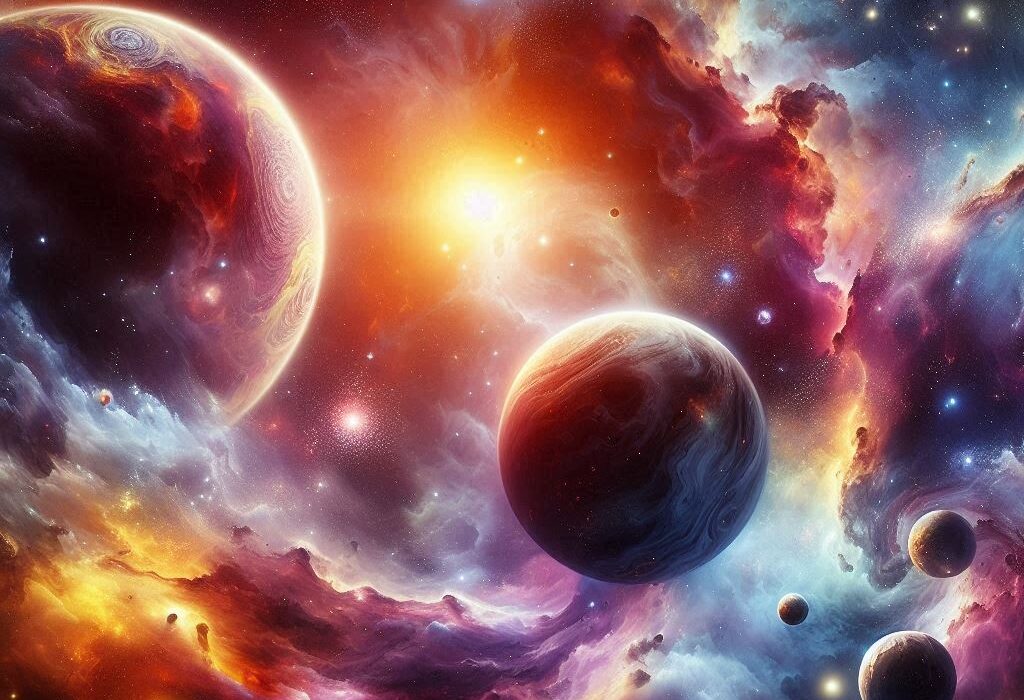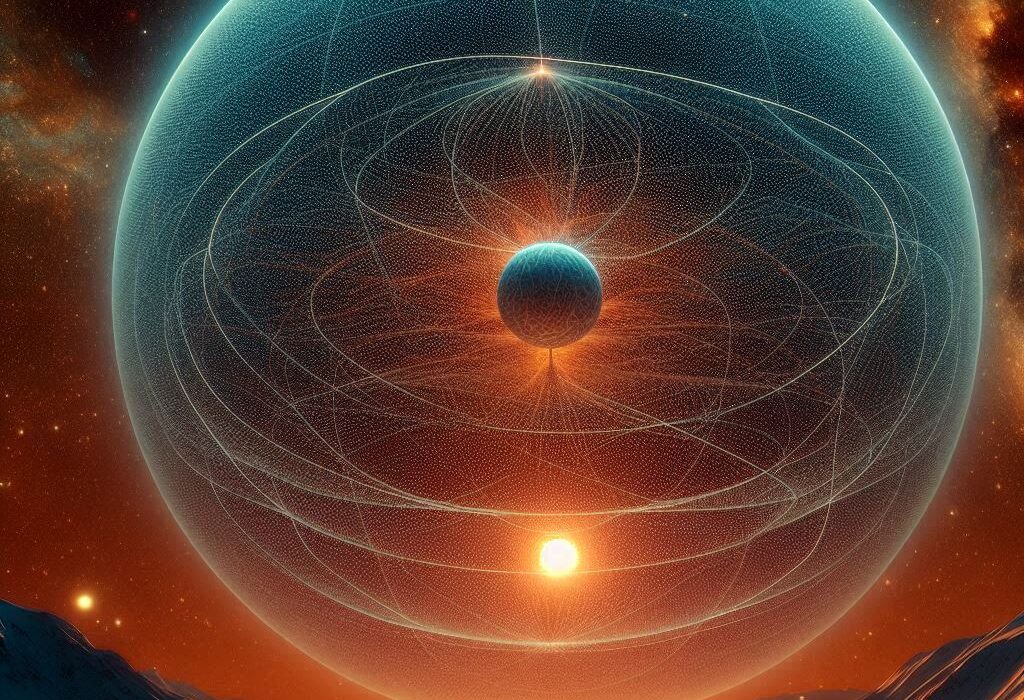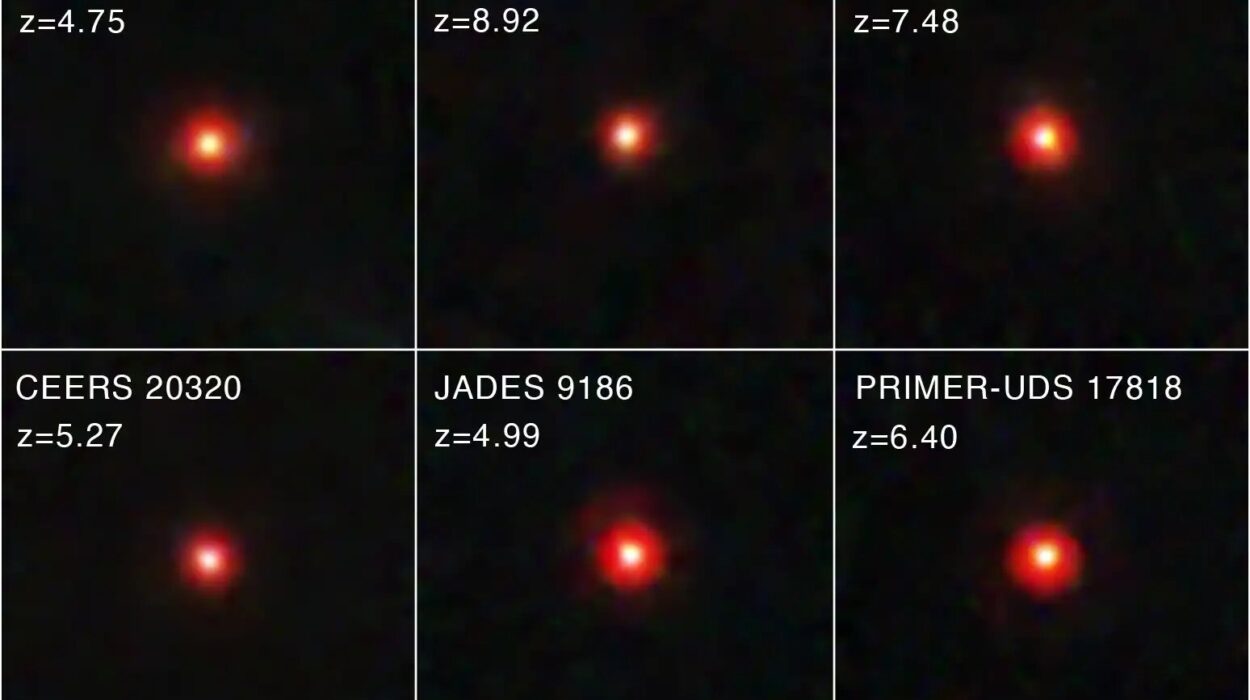When we think of the cosmos, our minds often leap to blazing stars, majestic galaxies, or mysterious black holes. Rarely do we pause to consider the tiniest of players—cosmic dust. Yet these microscopic particles, drifting through interstellar space, are more than mere debris. They are the architects of planets, the seeds of stars, and the laboratories for chemistry that may have paved the way to life itself.
Now, new research suggests that cosmic dust is not what we once imagined. Rather than being compact little rocks, many grains might be spongy, fragile, and astonishingly fluffy—more like cosmic snowflakes than grains of sand. This discovery could transform our understanding of how stars and planets form, and how the ingredients for life assemble in the cold, dark reaches of space.
From Stardust to Life
Every atom in our bodies was forged in stars. The oxygen we breathe, the iron in our blood, the carbon that forms the backbone of life—they all came from stellar furnaces. But before these elements could be woven into planets and organisms, they needed carriers: tiny dust grains.
Cosmic dust acts like scaffolding. It gathers atoms and molecules onto its surface, allowing them to bind, react, and grow into something more complex. In dense regions of interstellar space, where stars are born, dust plays a critical role in cooling clouds of gas, shielding delicate molecules from radiation, and providing the raw material for planets.
In short, without dust, there would be no us.
The Fluffy Grain Hypothesis
For decades, scientists assumed cosmic dust grains were relatively solid—like microscopic pebbles. But a sweeping review of laboratory studies, space missions, and telescope observations is painting a very different picture.
Professor Martin McCoustra of Heriot-Watt University, working with an international team of astrochemists and astronomers from Germany, Japan, the United States, and Spain, has been asking a deceptively simple question: is cosmic dust porous?
Their findings, recently accepted for publication in Astronomy and Astrophysics Review, suggest the answer is yes. Many grains, it seems, are far from compact. Instead, they are riddled with tiny voids—spongy structures with an enormous surface area.
“In fact,” McCoustra explains, “they’re more like fluffy little sponges.”
This shift in perspective is profound. A porous grain has much more room for atoms and molecules to stick, collide, and react. It becomes a tiny chemical factory, amplifying the processes that may ultimately lead to water, organics, and the precursors of life.
Evidence from the Stars—and from Comets
Clues about the porosity of cosmic dust come from many directions. NASA’s Stardust mission, which collected particles from Comet Wild 2 and returned them to Earth, revealed structures far more fragile than expected. The European Space Agency’s Rosetta mission to comet 67P delivered similar surprises: dust particles so fluffy they had porosities exceeding 99%. In other words, they were nearly all empty space.
Even grains that make their way to Earth—the so-called interplanetary dust particles captured by high-altitude aircraft—show delicate, porous structures. Observations of distant star-forming regions, such as the iconic Pillars of Creation, also hint that light scatters in ways best explained by spongy, irregular dust.
Dr. Alexey Potapov of Friedrich Schiller University Jena, the lead author of the review, emphasizes the implications: “If these grains are porous, that means they have a far greater surface area than we thought. That could radically change our understanding of how molecules form and evolve in space.”
Fragile Builders of Planets
Porous dust grains may be central to the story of planet formation. Because they are fluffy, they stick together more readily than solid grains, forming larger clumps that can eventually grow into planetesimals—the building blocks of planets. In their hollows, protected from harsh radiation, water and complex organic molecules might assemble, offering a possible pathway toward life’s earliest chemistry.
But porosity is a double-edged sword. Fragile grains are also easily destroyed. Shocks from supernova explosions, energetic radiation, or collisions with other particles can shred them apart. This delicate balance—between creation and destruction—defines the strange, precarious existence of dust in the cosmos.
As Professor McCoustra notes, “Spongy grains could be more easily destroyed by shocks and radiation as they travel through interstellar space.” Yet their very fragility may be what makes them such fertile laboratories for chemical evolution.
A Debate Still Unfolding
Not all astronomers are convinced. Some models suggest that if dust grains were too porous, they would cool excessively or fail to match the infrared and optical properties observed in space. Reconciling theory, experiment, and observation remains a challenge.
This is not unusual in science. Nearly a century ago, astronomers doubted that molecules could even exist in the vacuum of space, believing the environment too hostile. Today, astrochemistry thrives, revealing a cosmos rich with water, alcohols, amino acids, and other complex molecules. What once seemed impossible is now a cornerstone of astronomy.
The porosity debate may follow a similar path, with new missions, telescopes, and laboratory work gradually resolving the contradictions.
Why Dust Matters to Us
To some, the debate over whether cosmic dust is fluffy or compact might sound esoteric. But the stakes are enormous. Dust determines how stars are born, how galaxies evolve, how planets take shape, and perhaps even how life begins.
If dust grains are indeed porous, then the chemistry of the universe may be richer and more dynamic than we imagined. More surface area means more room for molecules to grow. More hollows mean more protection for fragile organics. A fluffier universe might also mean a more fertile one.
When we look at the night sky, we are seeing not only the light of stars but also the shadows of dust. Those dark patches in the Milky Way, those glowing regions of star birth, those faint colors captured by space telescopes—all bear the fingerprints of dust. Understanding its true nature is to understand the hidden scaffolding of the cosmos.
The Next Chapter
The quest to understand cosmic dust continues. Future missions, such as NASA’s James Webb Space Telescope and upcoming comet sample-return projects, will shed more light on its structure and chemistry. Laboratory experiments will simulate dust formation and porosity under controlled conditions. Computer models will test how fluffy grains behave over cosmic timescales.
Each step brings us closer to grasping not just what dust is, but what role it plays in the grand story of existence. For within every grain lies a paradox: fragile enough to be destroyed, yet essential enough to build worlds.
A Cosmic Perspective
To think that life on Earth may trace its origins back to microscopic, spongy grains drifting in interstellar space is both humbling and exhilarating. Dust is the smallest of cosmic players, yet its influence spans galaxies. It is the veil that hides stars and the canvas upon which new ones are painted. It is the raw material from which planets are born and the laboratory where the chemistry of life may begin.
We are, quite literally, children of dust—fluffy, fragile, and endlessly creative. And as science peels back the layers of these tiny grains, we come closer to understanding not just the universe, but ourselves.
More information: Alexey Potapov et al, Is cosmic dust porous?, arXiv (2025). DOI: 10.48550/arxiv.2509.10292
